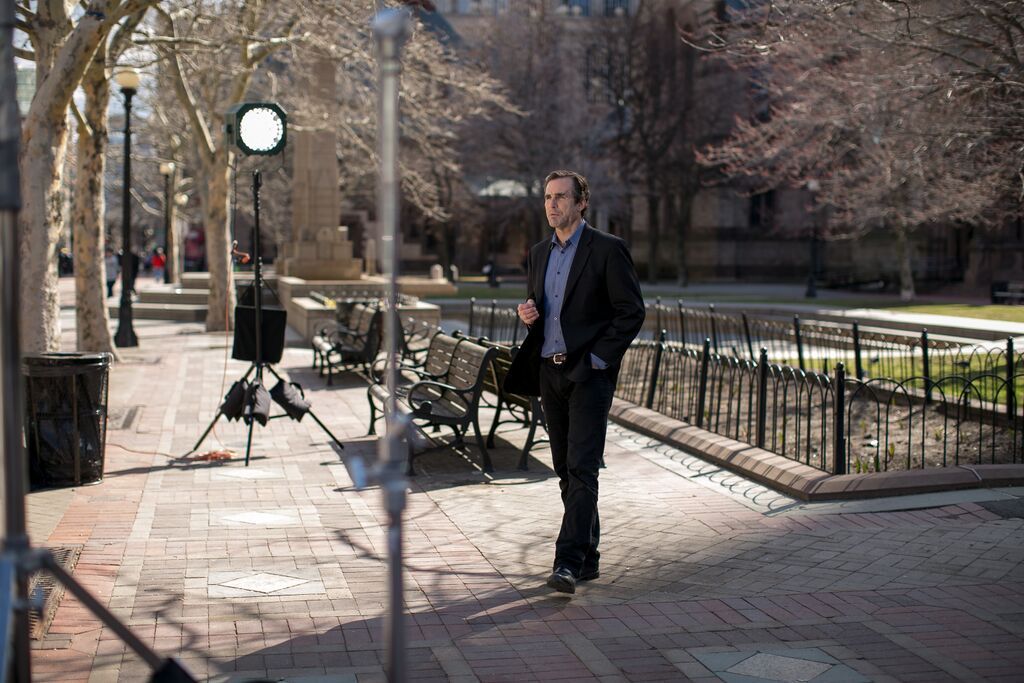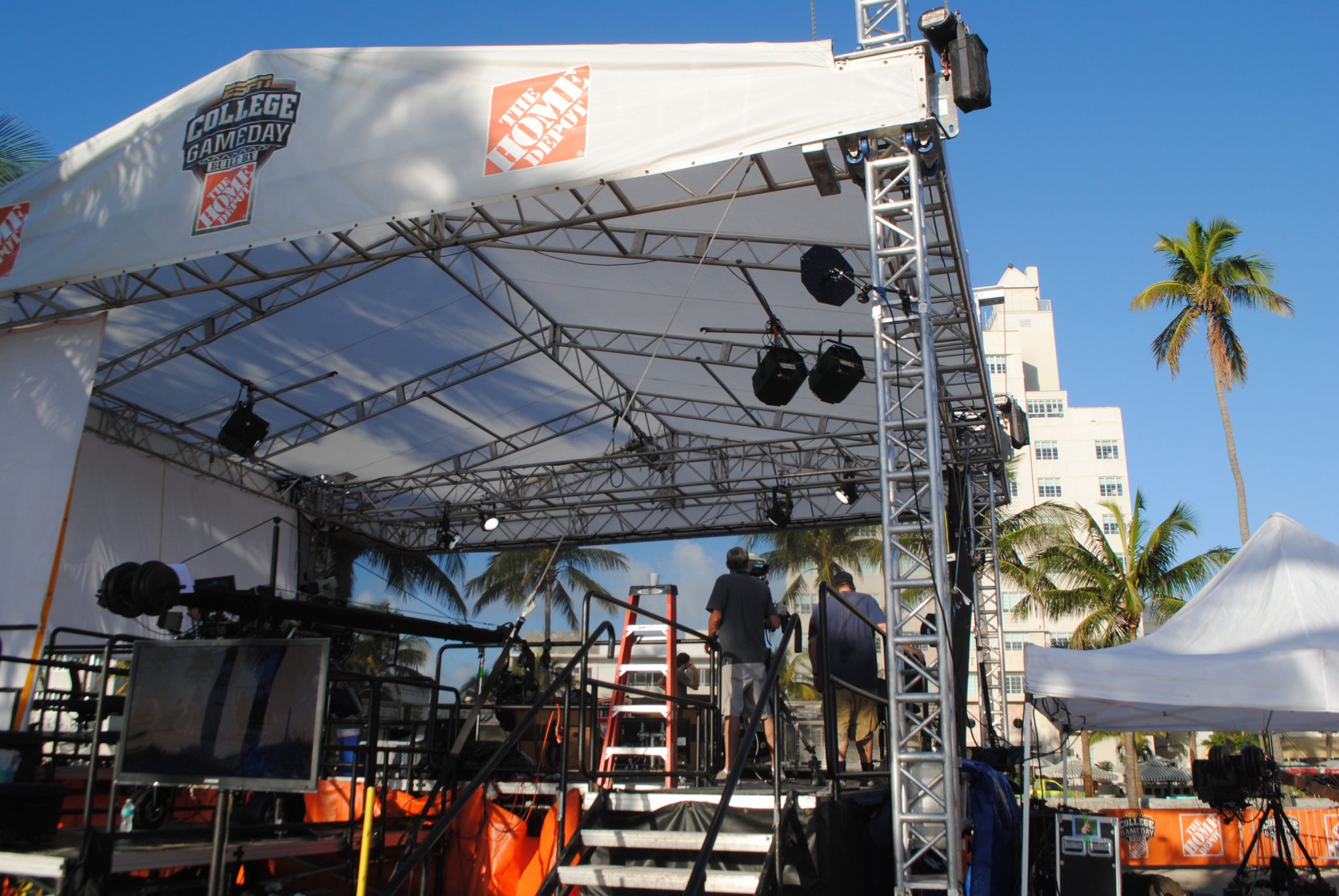To the regular audience member, stage lights are bright and colorful and are there to enhance the overall live experience of any event. But, did you know that while the lights on stage may just appear too bright white, there is actually an entire spectrum of colors that make lighting effects look as awesome as they do?
So, How Is Color Used In Lighting?
The way we experience the color of light depends upon the mix of light frequencies that reach our eyes and how they get there. The way in which we see the color of light also depends on the frequencies that the object absorbs, and the frequencies in the original light source. Using colors carefully in stage lighting can dramatically enhance the on-stage visuals, as well as completely changing the feel and atmosphere of the performance,
Experienced and highly skilled lighting experts are able to plan an entire light show using a variety of colors that blend so well the transitions are almost entirely seamless to the audience eye.
By using a mix of cool and warm lighting tones they can create awesome looking light shows that add ambiance and fill the stage with energy.
When planning the light sequences for any staged event, lighting directors use a number of different factors, including the use of:
- Pale colors for acting-area lighting
- Deep colors for side or back-lighting, or for special effects.
- Yellows and oranges are “warm” colors for sunny days or happy times.
- Pale blues are “cold” colors for less happy times.
- Lavenders are “neutral” colors and can appear warm or cold depending on the other colors in use at the time.
- Lanterns with no color gels can appear warm due to the high color temperature of the light source.
They will also carefully consider the use of some other colors and types of lighting which will produce certain very specific effects, including:
- Avoiding the use of green colors for front light – unless these have been specifically chosen to light a witch or evil character
- The use of contrasting warm and cool colors to add interest and make the lighting look more dimensional when they are using two light sources at once
- The fact that not all skin tones are the same – for example, lavenders & pinks work better on dark skin than yellow colors.
Combinations of colors can also produce highly effective lighting results. Using a warm rose, pink or yellow from one side, and a cold blue or lavender from the other side helps to create a wide variety of different moods. Colors like lavender can also act as a neutral balance and can look either warm or cold depending on the other lighting on the stage at that time.
Lighting Your Studio Set
When it comes to television lighting, finding the correct grid and mix of colors can be a complicated business. Experienced lighting technicians will be able to not only provide the right placement for studio lighting but also be able to successfully blend warm and cool colors to enhance the overall look and feel of the performance, without leaving it looking flat and washed out.
Here at Frank Gatto & Associates few provide first-class lighting services for network television lighting, corporate industrials, award ceremonies and sporting events. Speak to us today at (561) 368-0101 if you would like to find out more.
Frank Gatto & Associates, Inc. are specialists in lighting for television events of all kinds. If you have an event that needs expert lighting, please call us today to see how we can help.
Phone: 561-368-0101
Email: frank@frankgattolighting.com
We can be found on Social Media at the following links.


